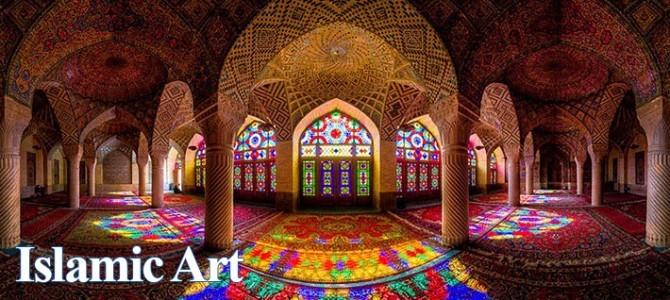The Department at a Glance
Department of Islamic Arts
As an important major of study in the Iranian and some leading foreign universities, Islamic arts has a long history of research. Islamic arts research centers are now active in Europe, particularly Berlin and some Asian countries. German archeologist and historian, Ernst Emil Herzfeld (1879-1948) was the most eminent researcher of Islamic arts in the first half of the 20th century. Oleg Grabar and Richard Ettinghausen introduced Islamic arts to the Americans in post-war era. Grabar was mainly interested in architecture, archeology and theoretical subjects of Islamic arts. One of his works, The Formation of Islamic Art has been translated into Persian. The Aga Khan Program for Islamic Architecture at Harvard University and the Massachusetts Institute of Technology was another step towards its development and globalization in 1979. It not only trained Ph.D. students in Islamic arts and architecture in both universities but also brought together tens of architects, planners, designers and researchers from around the world to Harvard, Cambridge and University of Massachusetts. The USC Department of Islamic Arts aims to reach the following objectives:
- To conduct research in all aspects of Islamic arts
- To train professional and skillful experts in Islamic arts
- To consider various theoretical attitudes to explain the cultural mechanisms of Islamic arts
- To enhance the students’ theoretical knowledge and practical skills
- To tap the experience of leading professors and experts in Islamic arts in order to improve the theoretical and practical foundations of Islamic arts
- To consider new study and interdisciplinary approaches to Islamic arts

